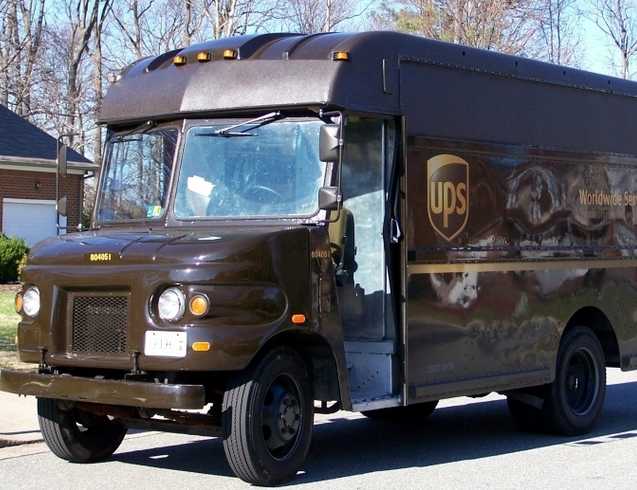I’ve lost count of how often I’ve walked into a Home Depot wearing a solid orange polo shirt and black suspenders, only to be mistaken for an employee. I get it—orange is Home Depot. Add in the black suspenders and, well, I suppose I’m basically a walking help desk.
As a hands-on, DIY kind of person, I spend a fair amount of time at hardware stores picking up materials or tools for my next project. But I never imagined that just wearing a particular color could make me part of the brand experience for someone else.
That’s the power of color in branding.
It’s not just a matter of aesthetics—it’s part of a company’s identity. Certain brands have done such a good job associating themselves with a color that our brains automatically link the two. UPS owns that earthy “Pullman brown.” Coke? That unforgettable hue of red. IBM? It’s not called “Big Blue” by accident.
And it’s not just me. Think about it—how often do you see a certain color and immediately think of a brand without even seeing a logo? That’s strategic branding at work.
The Psychology Behind Brand Colors
Color isn’t just visual—it’s psychological. Studies have shown that color can increase brand recognition by up to 80%. It influences how we feel, how we perceive a product, and even how we make purchasing decisions.
Blue, for example, tends to evoke trust and professionalism, which is why it’s so common in banking and tech industries. Red? It stimulates appetite and urgency, making it a go-to for food and retail. Green is associated with health, growth, and environmental consciousness. And yes—orange is about energy, creativity, and affordability. No wonder it fits so well with the Home Depot vibe.
Why Your Business Needs a Signature Color
If you’re building a business—or trying to stand out in a crowded market—color choice isn’t something you should leave to chance. Think of your brand color as a kind of visual shorthand. It helps customers identify and remember you. It communicates your values and your vibe before you even say a word.
This isn’t just about your logo either. Your color should show up in your website, packaging, signage, uniforms, social media, and even your interior design if you have a physical location.
So, What Color Is Your Brand?
If you’re not sure, start by asking a few key questions:
- What emotions do I want customers to feel when they think of my brand?
- What color do my competitors use, and how can I differentiate?
- Is there a color that aligns with the core personality of my business?
Related Post: Mastering Logo Design: Shape, Icon, Wordmark, and Color Essentials
You might even survey your customers to ask what color they associate with your brand—or test a few options and track engagement metrics.
Color is one of the simplest yet most powerful tools in your branding toolkit. It’s like a uniform for your business that your customers recognize—even if you didn’t mean for them to.
Just like me in my orange polo shirt.
So I’ll ask again:
When people think of your brand, what color are you?










